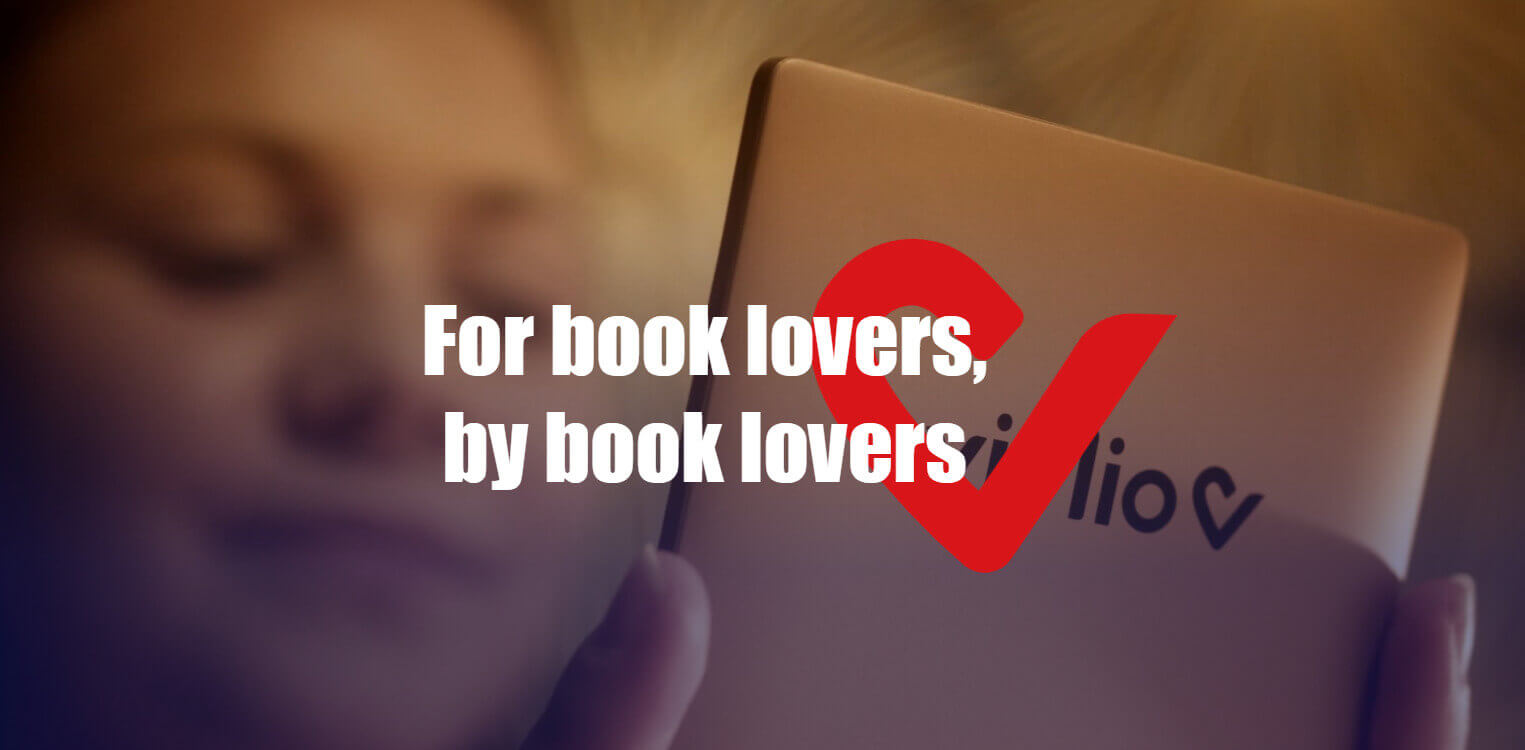When it comes to providing a comprehensive e-book ecosystem, only three companies merit mention: Amazon, Rakuten Kobo, and B&N. Each of these companies offers hardware, apps, and a digital bookstore, encompassing everything you need to embark on your reading journey. There’s another contender vying for a spot in this elite club—Vivlio.
While Vivlio may lack the scale of the other three, it doesn’t shy away from ambitious goals. Despite its smaller size, the company is determined to secure a prominent position in Europe and present a serious challenge to the big three. Before delving into its growth strategy, let’s take a brief look at its history.
As reported by TechCrunch, Vivlio was founded in 2011 with the primary goal of establishing an online presence for Decitre, a bookstore chain based in the Lyon area of France. Initially, the focus was solely on ensuring the availability of digital content alongside traditional print books, symbolizing a pivotal moment in their evolution. This period coincided with a surge in demand for Kindle, and Kobo had introduced its first e-reader just a year prior. E-books had become the buzz in the literary world, and Decitre didn’t want to be left behind in the race.
While maintaining its aim for a pan-European presence, Vivlio adjusted its focus to become a bookstore-agnostic e-book platform. During this shift, Cultura, one of the largest booksellers in France, became a shareholder. Vivlio also formed partnerships with independent bookstores of various sizes, allowing them to establish an online presence. Essentially, these bookstores can connect to the Vivlio e-book store, providing a seamless experience for online buyers.
In France, Vivlio has forged partnerships not only with Decitre and Cultura but also with Decitre’s sister company Furet du Nord and Leclerc. Additionally, Vivlio collaborates with prominent chain bookstores in Belgium and Spain—Standaard Boekhandel/Club and Casa del Libro, respectively. If you’ve purchased an e-book from any of these websites, rest assured that Vivlio facilitated the transaction on behalf of those retailers.
“The fundamental principle of the Vivlio model, which really sets us apart from Kobo, for example, which has a partnership with Fnac, is that we guarantee two things to our partners. First, the customer remains their customer. This means that the customer account is a bookseller’s customer account, not a Vivlio customer account,” Vivlio CEO David Dupré said.
“Second, a very large portion of the sales generated by the Vivlio ecosystem go to the bookseller. In other words, we leave most of the margin to the reseller . . . That’s the contractual, legal and operational promise,” he added.
Selling e-books is just one aspect of the equation; providing an e-book reader is equally essential to offer a comprehensive solution for readers. To address this necessity, Vivlio chose to collaborate with PocketBook and rebrand its line of e-readers as its own. This strategic move spared Vivlio the need to start from scratch, avoiding the considerable time and resource investment that developing an e-reader from the ground up would have entailed.
Vivlio collaborates with PocketBook to integrate e-book readers into its offerings. However, these devices go beyond mere rebranding; the company adds a software layer to ensure seamless integration with the entire Vivlio ecosystem. This integration allows users to log in to their bookstore accounts directly on their Vivlio e-readers, with all purchases automatically synchronized between the device and Vivlio’s cloud storage.
As for Vivlio’s current e-book reader lineup, it consists of three models. The entry-level Vivlio Light e-reader features a six-inch display with a color-adjustable front light. Building upon this, the Vivlio Light HD offers an improved version of the same reader. Additionally, there’s a larger e-reader known as the Vivlio InkPad 4, boasting a 7.8-inch display for an enhanced reading experience.
Another challenge Vivlio faced was that of Digital Rights Management (DRM). Given that ePub is the most widely used e-book format, Vivlio, too, sold e-books in the ePub format. However, publishers require assurance that their books won’t be susceptible to hacking—a concern when dealing with ePub. Third-party e-book sellers typically depend on Adobe’s DRM system.
In contrast, industry giants like Amazon, Rakuten Kobo, and Apple have developed their own DRM systems to safeguard their books. Most other third-party e-book sellers continue to rely on Adobe’s DRM system, but the issue lies in its lack of evolution over the years. It falls short in user-friendliness, and Adobe also takes a cut from each transaction.
Vivlio actively contributed to Readium LCP, an open-source DRM solution that stands out for not requiring an Adobe account or any third-party credentials. In recent years, numerous companies and public institutions have embraced LCP, signaling a shift in the landscape. While Adobe’s DRM remains the dominant protection system, Vivlio’s involvement in Readium LCP aligns with its commitment to an open ecosystem.
As for Vivlio’s future trajectory, the company positions itself as a neutral player in the e-book industry. Realistically acknowledging that it won’t reach the scale of industry giants like Amazon or Rakuten, Vivlio takes pride in its hundreds of thousands of active users—a commendable feat for a team of just 35 people.
Crucially, there’s significant room for growth. As the interest in e-books as a supplement to traditional reading habits continues to rise, Vivlio offers multiple entry points into its ecosystem. This unique business case highlights the company’s strategic positioning and potential for differentiation in the market.
(adsbygoogle = window.adsbygoogle || []).push({});
The post How Vivlio is proving to be the Amazon or Kobo alternative in Europe first appeared on Good e-Reader.

